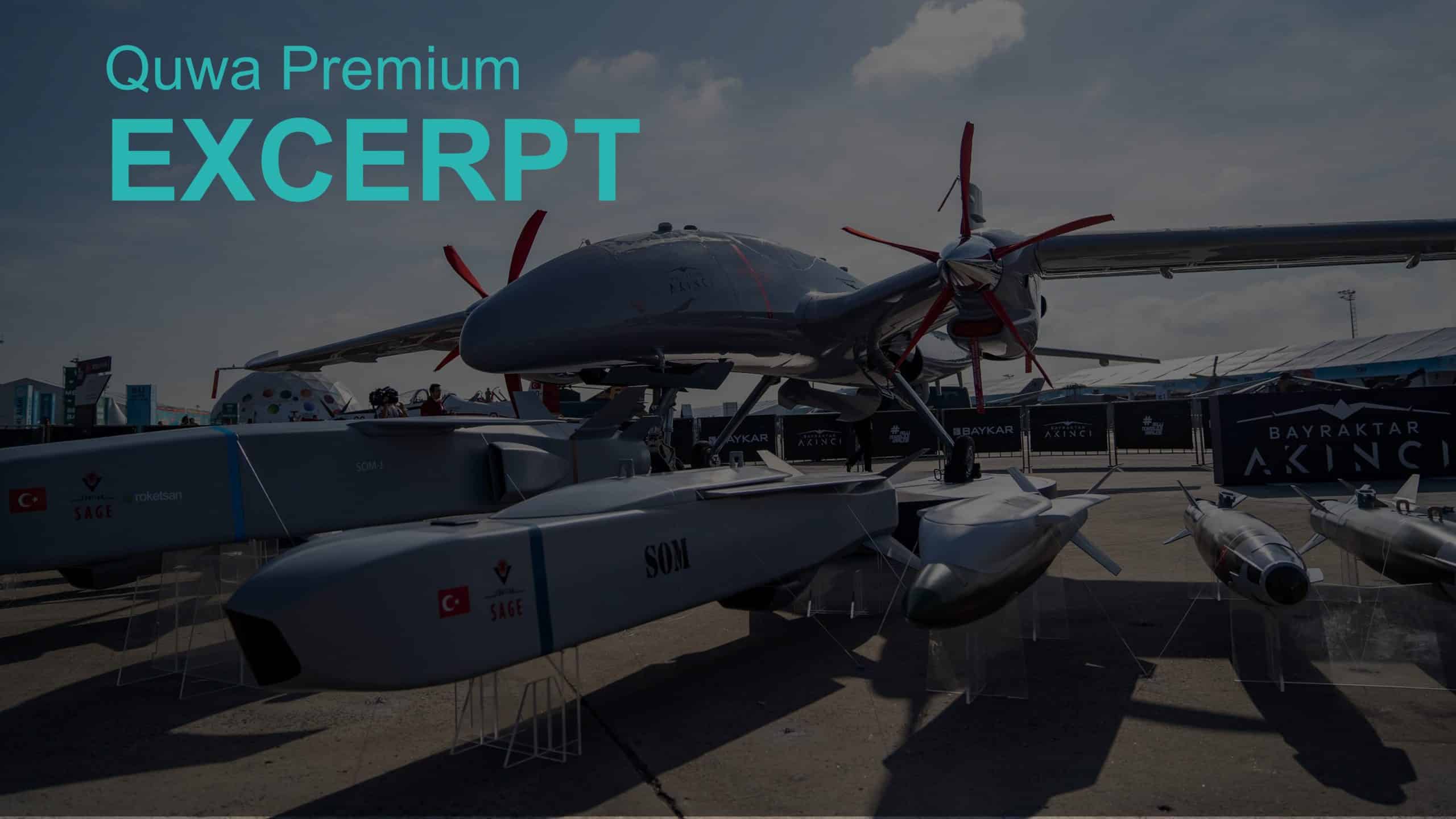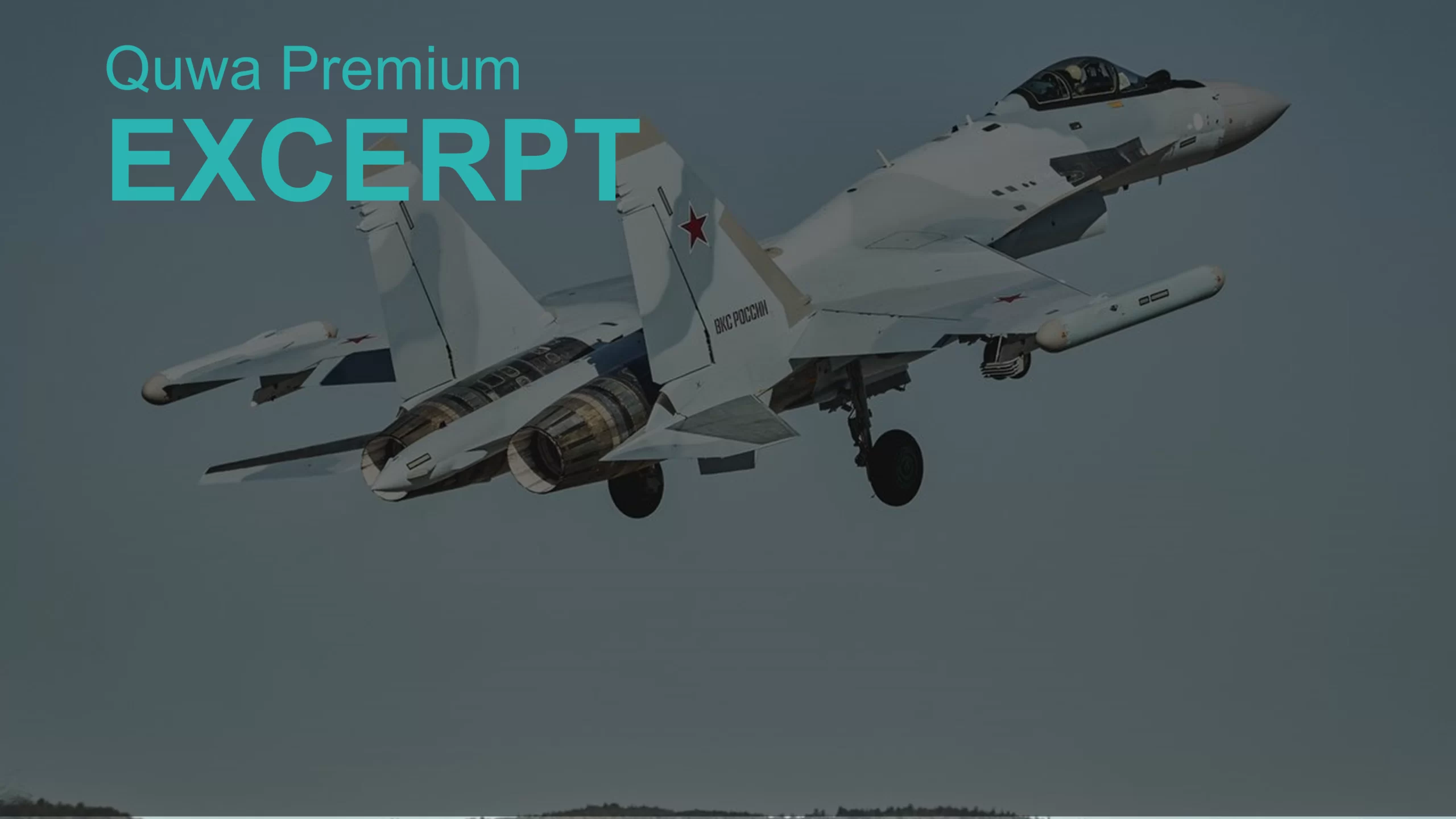345Views

First Pakistani Operators Qualify for Bayraktar Akıncı UCAV
On 21 October, the Turkish unmanned aerial vehicle (UAV) manufacturer Baykar announced that the first batch of Pakistan Air Force (PAF) operators have completed their training for the Bayraktar Akıncı, a twin-engine, 6-ton unmanned combat aerial vehicle (UCAV).
https://twitter.com/BaykarTech/status/1583525643630714881
Together with a group of Azeri Air Force and Turkish Air Force personnel, the PAF operators comprise of the sixth training term or class qualifying for the Akıncı.
This announcement basically confirms Pakistan as one of the launch customers (alongside Azerbaijan and the Turkish Armed Forces) of the Akıncı. In March, the PAF had heavily hinted towards procuring the Akıncı and the Bayraktar TB2 through one of its promotional videos.
The induction of the Bayraktar Akıncı will be a significant step for the PAF. It would give the PAF its heaviest drone at 6 tons and, in turn, make it the first power to operationalize a drone of this size in South Asia. It would also unlock a wide range of capabilities across surveillance, intelligence, and strike domains.
Background: Bayraktar Akıncı
The Akıncı first flew in 2019. It has a maximum take-off weight (MTOW) of 6 tons and uses twin turboprop engines. The end-user can opt for either two 750 hp or two 450 hp engines. In terms of performance, the Akıncı offers an endurance of 24 hours; an operational service ceiling of 30,000 ft to 40,000 ft; and a top speed of 150 knots to 195 knots. The variances are likely due to the different engine options.
Arguably, one of the Akıncı’s most noteworthy features is its payload capacity of 1,500 kg. The Akıncı can carry a diverse line up of weapons, including both air-to-surface munitions and air-to-air missiles (AAM).
According to Baykar, the end-user can also configure the Akıncı with a multifunction active electronically scanned array (AESA) radar and, in turn, use it for air-to-air operations. Like other UAVs, the Akıncı could also be equipped with a standard electro-optical and infrared (EO/IR) turret.
The Akıncı is a Major Gain for Pakistan
Inducting a UAV/UCAV of the Akıncı’s size opens up new operational avenues for the PAF. These include, among others, long-haul intelligence, surveillance, and reconnaissance (ISR) roles of various types, stand-off range strike, and, possibly, novel applications like drone-based airborne early warning (AEW).
None of the aforementioned roles would be new for the PAF. In fact, the PAF already has manned assets – such as the JF-17, J-10CE, Erieye, and others – for each role. Thus, the Akıncı in itself does not bring any novel capability the PAF already does not have.
Rather, with the Akıncı, the PAF is gaining the flexibility to deploy existing capabilities in possibly scalable, less risk-prone, and more cost-effective ways, operationally speaking. The Akıncı enables the PAF to amplify its existing capabilities. It can leverage a lower cost air platform (compared to manned assets) to set pervasive ISR coverages, deploy more assets capable of firing stand-off range weapons (SOW), and rapidly plug operational gaps (e.g., an AEW shortfall due to an Erieye going through maintenance).
The Bayraktar Akıncı opens up this flexibility through its size – i.e., its range, endurance, and payload. The Akıncı’s operators are all on the ground, so the PAF need not worry about crew fatigue while maximizing the Akıncı’s stated range and endurance. The mission operators on the ground can rotate and, potentially, collaborate with a wider assortment of specialists, such as intelligence officers, that may not have been able to accompany the operators if they were in the air…
End of Excerpt (577/1,352 words)
You can read the complete article by logging in (click here) or subscribing to Quwa Premium (click here).
For More on Pakistani Drone Programs, See:


